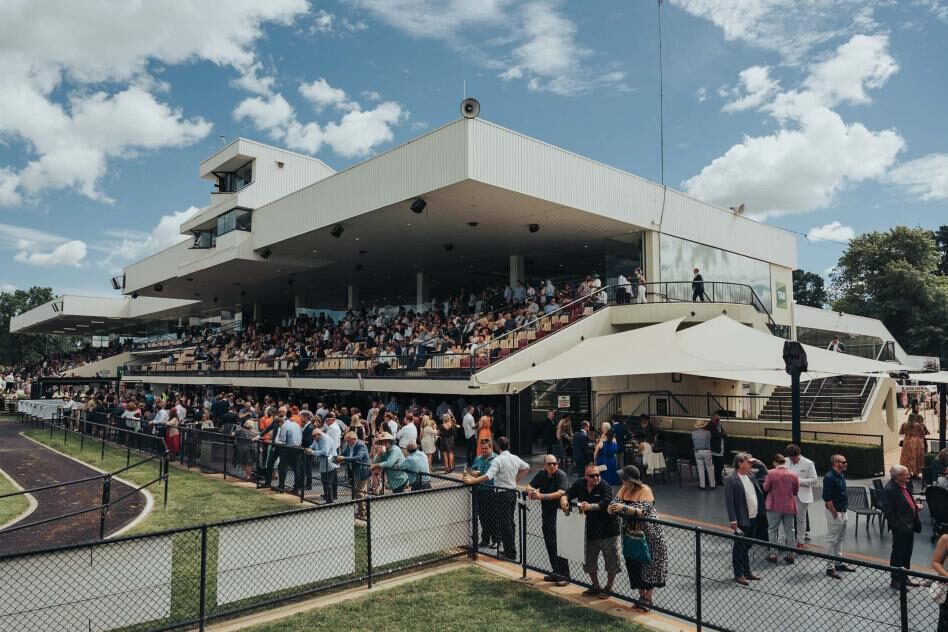Neil Renfree was a leading architect in Canberra during the boom years of the National Capital Development Commission.
We first met as teenagers at Canberra High School and later were both students of architecture at Sydney University. The parallels continued when Neil graduated and joined the Commonwealth Department of Works where I was working as a cadet architect.
Neil was passionate about the profession of architecture and a pioneer of quality assurance in building design and architectural education. The (then Royal) Australian Institute of Architects had come into being in 1930, almost thirty years after federation and three years after the Commonwealth Parliament had moved from Melbourne to Canberra.
A Canberra Area Committee within the New South Wales Chapter of the new national Institute looked after the interests of Canberra architecture and architects but the rapid growth of Canberra in the Fifties and Sixties demanded closer involvement of the profession with builders and town planners. An ACT Chapter of the Institute was established in 1962. Neil was an early president, following in the footsteps of Malcolm Moir, John Scollay, Peter Harrison and Horrie Holt. As the first youngblood homegrown architect, Neil devoted himself to spreading the word about design and construction to a young and enthusiastic Canberra community.
We were a small but busy Chapter Council. The Monaro Mall, now much expanded as the Canberra Centre, was Australia’s first three-level shopping centre and a popular public meeting place. The management there welcomed our use of its lofty and well lighted spaces for displays of building models and plans for an attractive and liveable city. Neil arranged open houses, tours of embassies and exhibitions of Danish furniture and silverware. We introduced the C S Daley Medal, a new award for housing in Canberra’s new towns and created a striking bronze Canberra Medallion to rival the Sulman Medal of the NSW Chapter.
It was totally appropriate that in due course Neil received the Chapter’s Canberra Medallion, its highest award for architectural excellence, for his grandstand at the Canberra Racecourse. Neil also found the time in 1988 to stage a highly successful national convention of the Institute at the Albert Hall and the newly renovated Hotel Canberra. This is the only time I believe that an Institute convention has shown a small but welcome profit.
Neil Renfree also gave generously of his time with his Rotary Club and other community ventures. He represented the best ambitions of his family and a generation of Australians who value both quality and creativity in our built environment and open spaces.
– Roger Pegrum, November 2025
Grandstand Amenities Pavillion, Throughbred Park. Architect – Neil Renfree
This building was awarded the 1972 RAIA Canberra Medallion and parts of the comment of the jury read as follows:
“There is an impression abroad that Australians spend their time and money on horse racing and beer drinking. Australians themselves are often unaware that in these proclivities they are by no means unique but, it is, nevertheless, not unseemly that in their Capital it is possible to identify as a building of high architectural merit one that shelters both these pastimes. Its merit is, indeed, that it not only shelters in fact, but gives the appearance of sheltering. In this it is reverting to an earlier tradition.
The image of shelter, provided from a distance by what appears to be a deep horizontal plane, is re-focused when sitting on the stand as a series of great, deep coffers. Behind and below the seating are the three bars of differing character, one of which also serves food. In the highest obe, the jury thought that too many different materials might have been used, though it was agreed all were in appropriate places. In-deed, a feature (if that be the right word) of this building is that it makes architecture out of workmanship rather than depending on craftsmanship: the detailing is almost solely good sound building practice, its forthrightness disguised in only a few places by genteelisms like cover strips.
Although the building is robust throughout, this forthrightness is nowhere better exemplified than in the ground floor bar, an indoor-outdoor space of great confidence. The semblance of outdoors is provided by the floor of concrete and brick and by the wall surfaces, which are in the same white spar rough cast that provides the finish to the exterior. Finally, it is a building which is presentable all round: it has, in a sense. no back, thus achieving an ambition current among modern architects forty years ago.
It is not often that a building so directly symbolises the activities it houses, gathering together and transmitting social attitudes: but this is what architecture is about, and this is why the Canberra Medallion is, in 1972, awarded to the Grandstand at the Canberra Racecourse and to its architect, Hancock, Renfree and Associates.”
